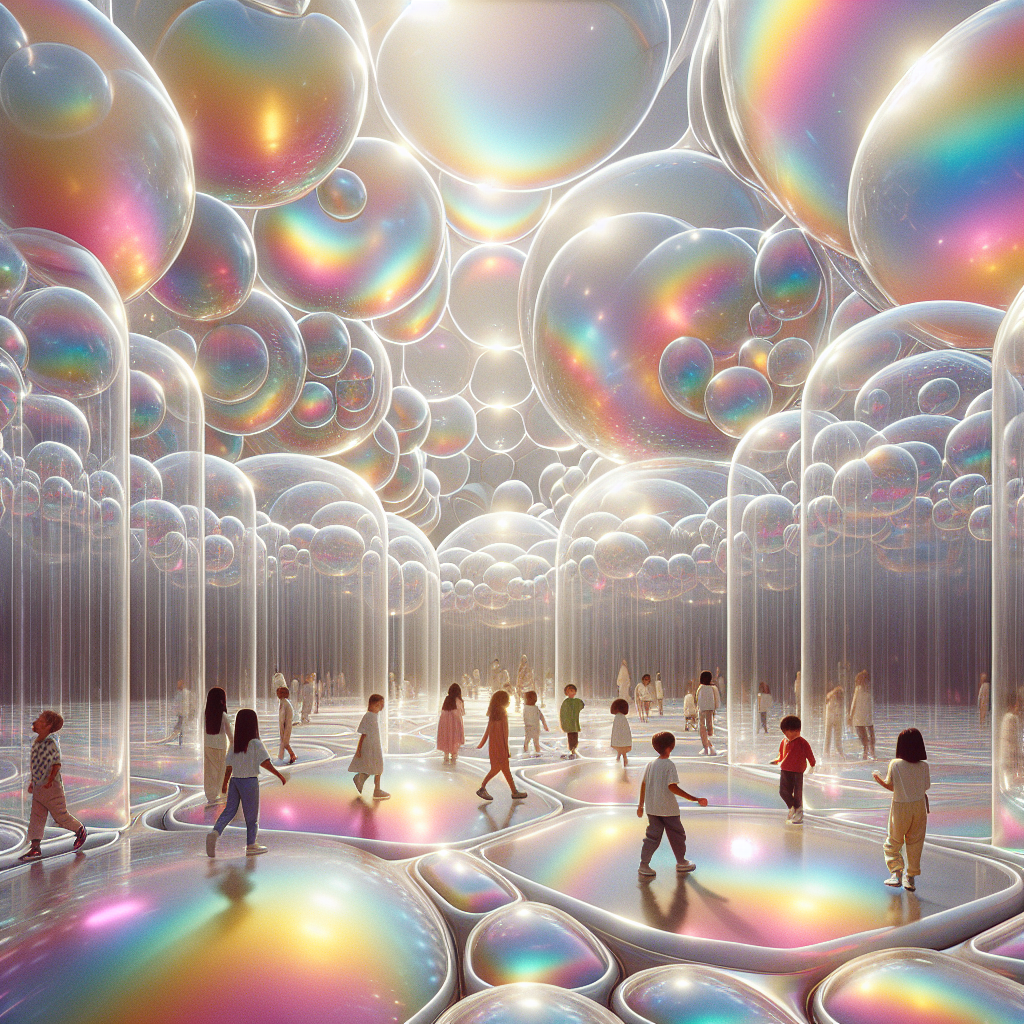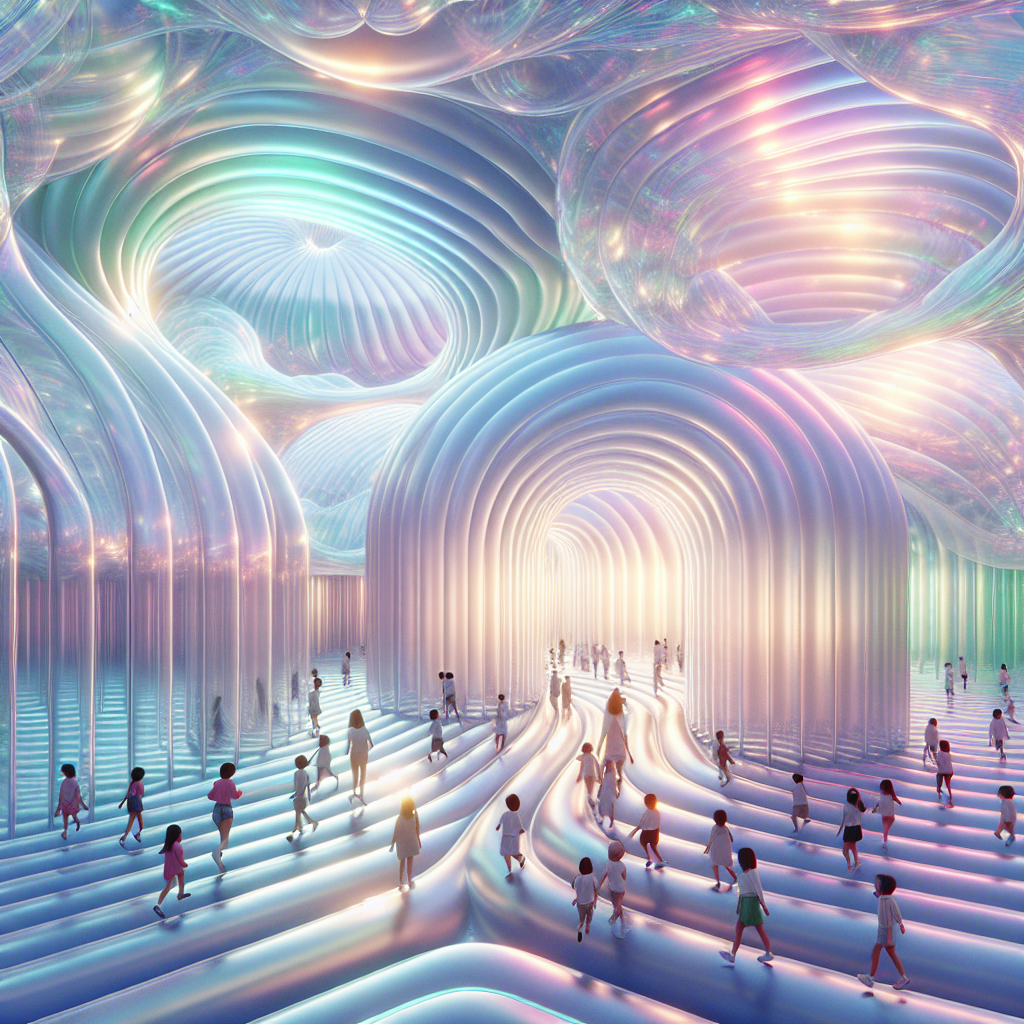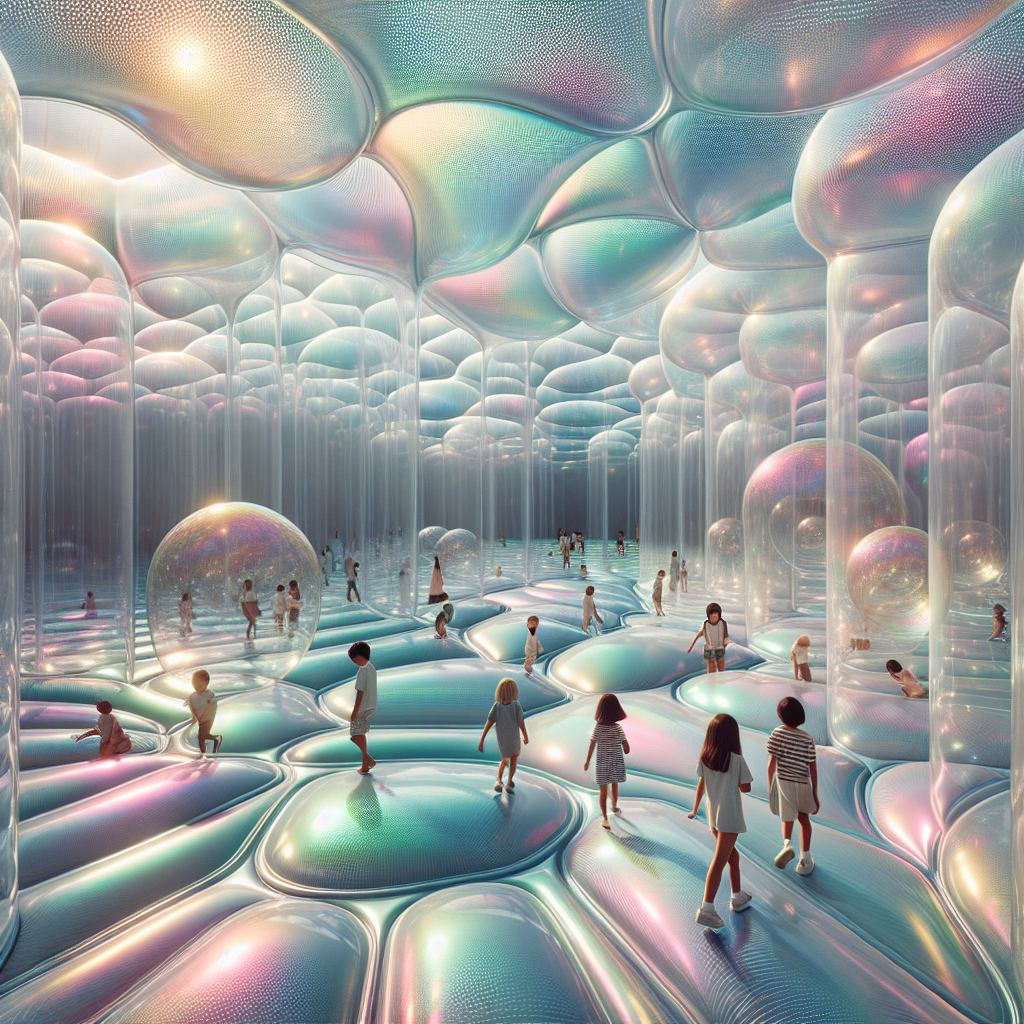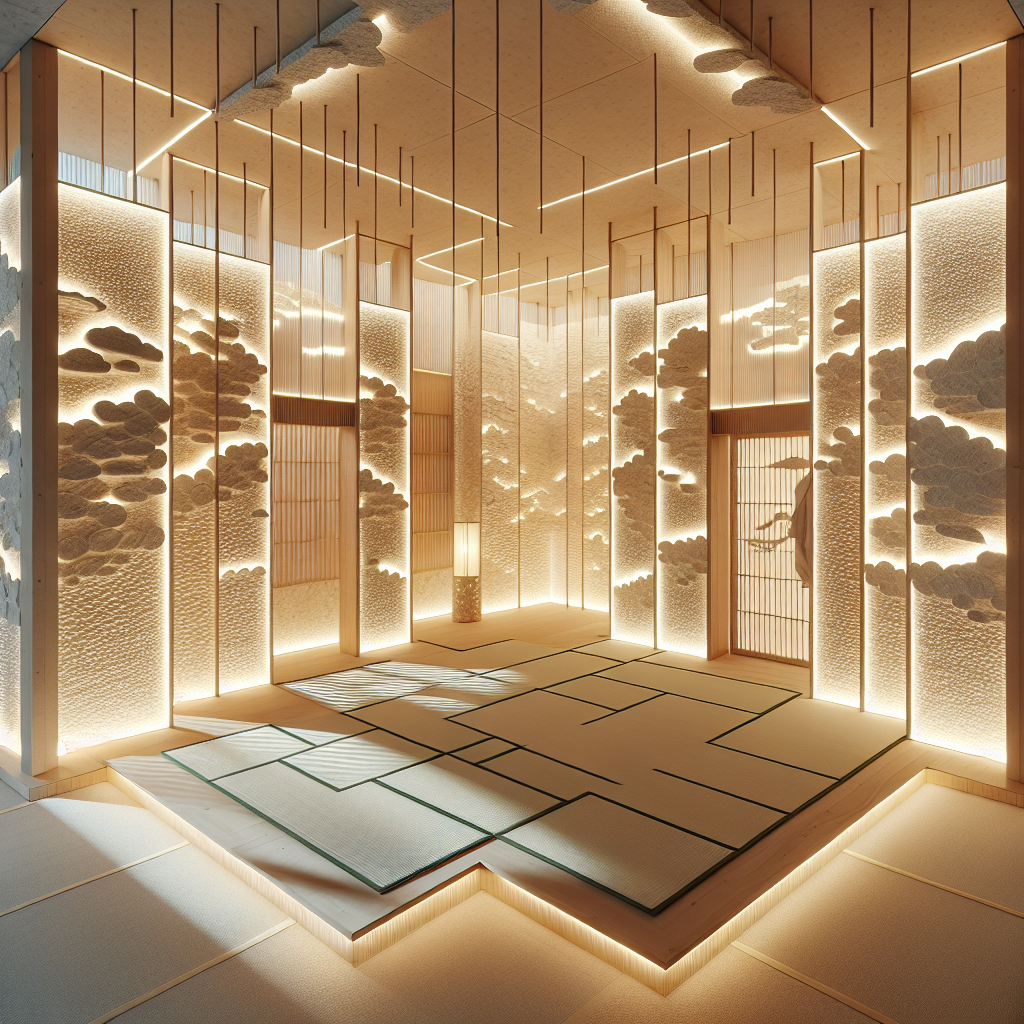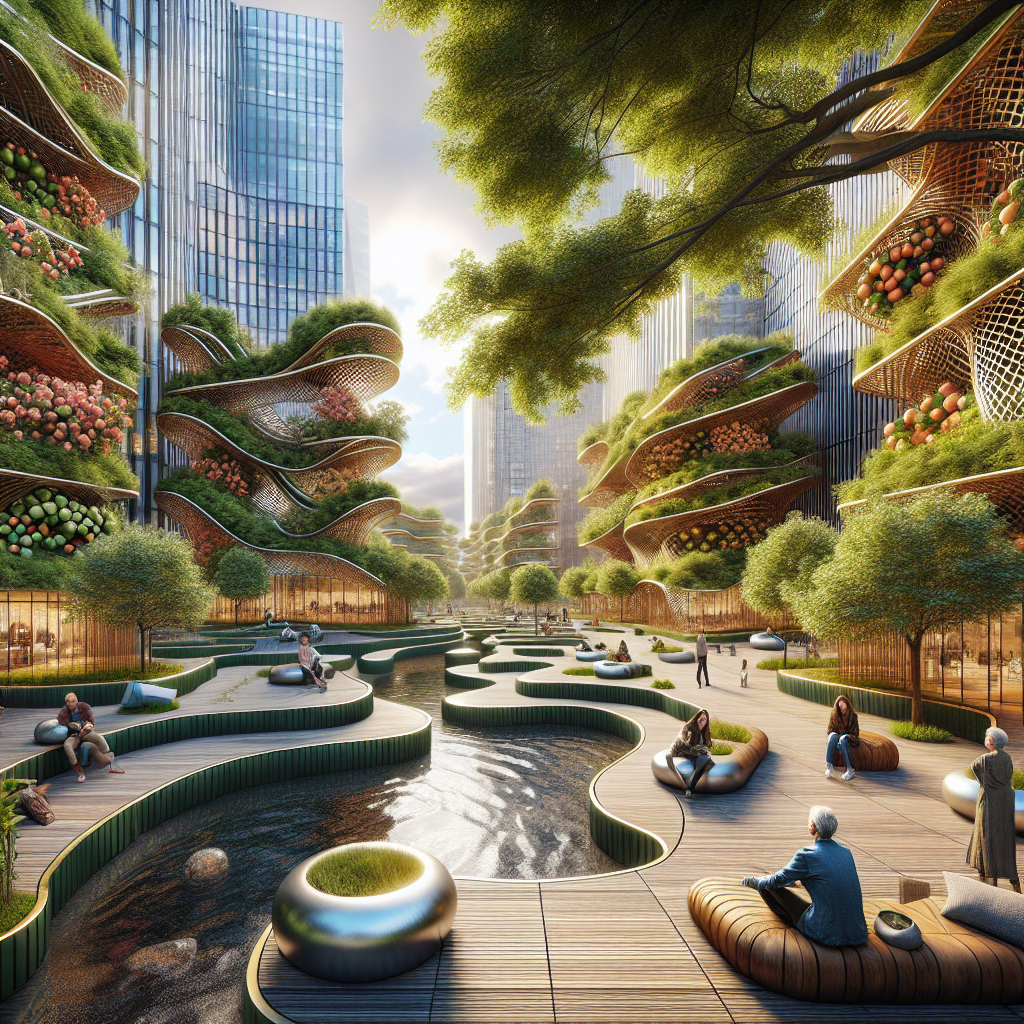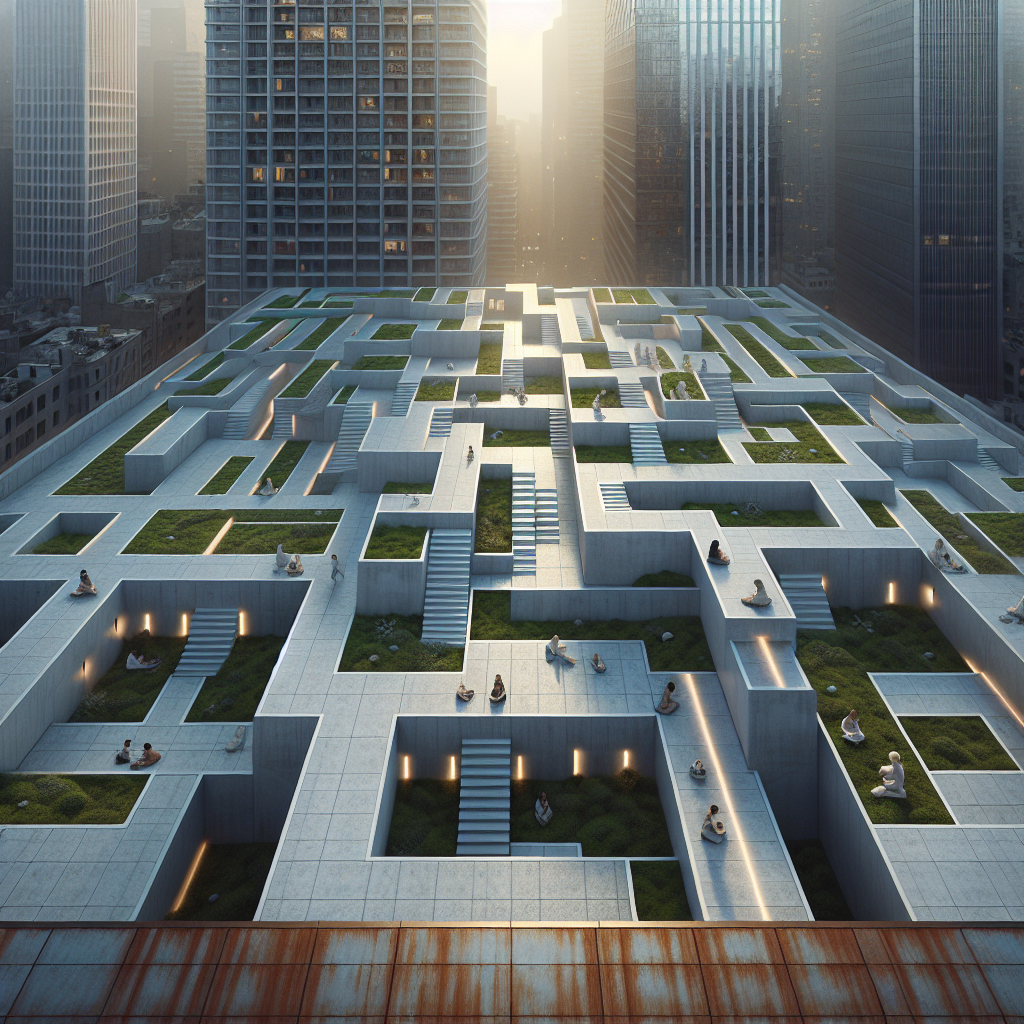Bubbly illusions inflatable: labyrinths for children’s play
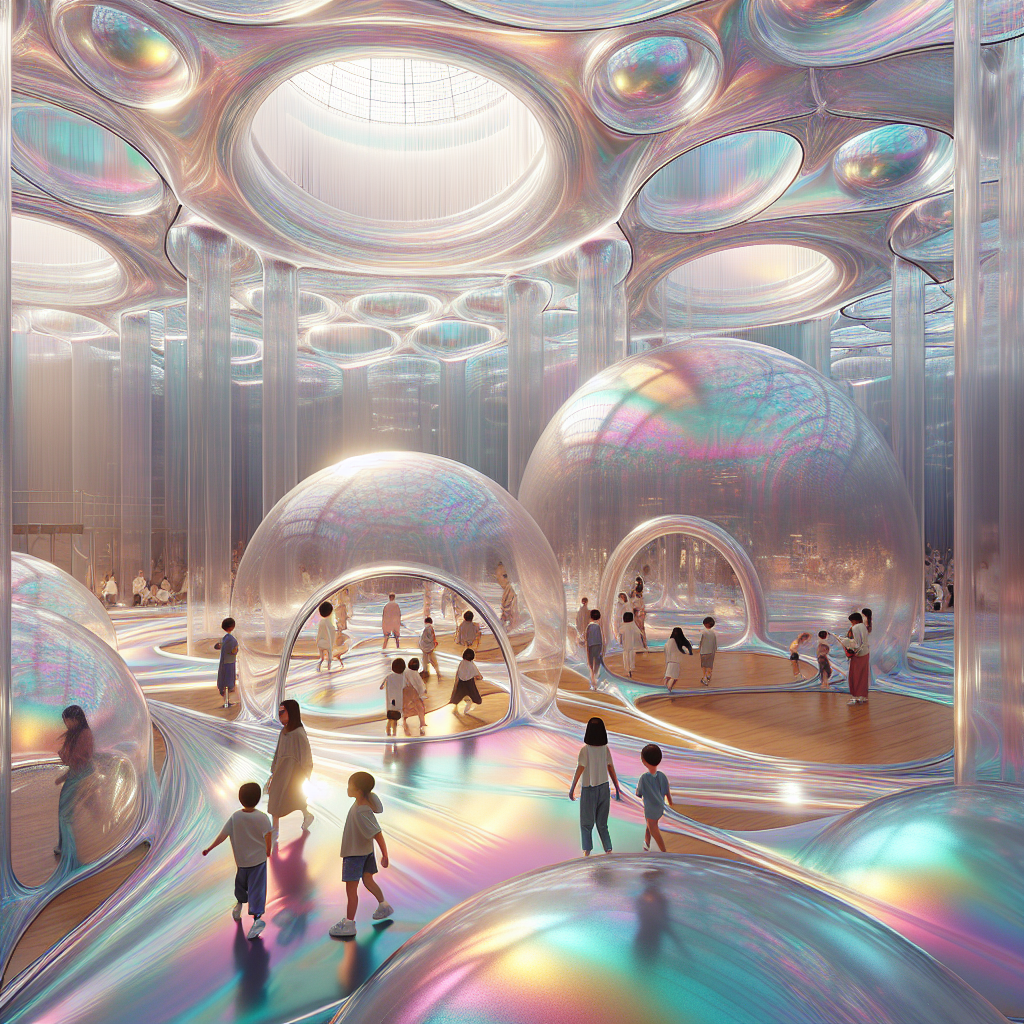
Bubbly Illusions Inflatable: Labyrinths for Children’s Play
In the evolving landscape of experiential design, inflatable architecture has emerged as a poetic medium that merges material innovation with sensory exploration. Among its most captivating manifestations are inflatable labyrinths for children’s play—ephemeral architectures that blend art, science, and psychology to reimagine how young minds interact with space. These bubbly illusions—translucent, air-filled corridors that shimmer with light and color—are not mere playgrounds; they are spatial narratives sculpted from air, imagination, and the subtle choreography of movement.
The Rise of Inflatable Architecture in Play Design
Inflatable structures have long been associated with temporary installations and festival culture, yet their architectural potential has recently been redefined. As sustainability and adaptability become central to contemporary design, inflatables offer a compelling response: lightweight, reusable, and transportable environments that can transform any urban void into a stage for exploration. According to the Wikipedia entry on inflatable structures, the concept dates back to the mid-20th century, when architects like Ant Farm and Haus-Rucker-Co experimented with pneumatic forms as utopian alternatives to rigid modernism. Today, that radical spirit finds new purpose in the realm of children’s play.
Designers are increasingly turning to pneumatic labyrinths—structures composed of interconnected inflatable chambers—to create immersive, safe, and sensory-rich environments. These installations often combine soft, rounded geometries with responsive lighting and sound, forming spaces that feel alive. They invite children to crawl, bounce, and wander through translucent tunnels that refract daylight like soap bubbles, creating an ever-shifting play of color and perception.
Material Innovation: Air as Architecture
At the heart of these installations lies a profound design paradox: the transformation of something intangible—air—into a tactile architectural experience. The materials used are typically thermoplastic polyurethane (TPU) or PVC-coated fabrics, engineered for durability, transparency, and recyclability. These membranes are welded into organic modules that expand and contract with subtle variations in air pressure, producing a living architecture that breathes.
In projects such as “Bubblescape” by the Tokyo-based studio Kengo Kuma & Associates, the designers employed translucent membranes infused with micro-lenses to scatter light, creating a chromatic illusion that shifts as children move through the space. The result is a labyrinth that feels both infinite and intimate—an architectural metaphor for curiosity itself. Similar explorations in light and form can be seen in installations discussed in Moire Patterns in Architecture, where layered surfaces produce optical phenomena that engage both body and mind.
Designing for Cognitive and Emotional Growth
Beyond aesthetics, inflatable labyrinths are grounded in developmental psychology. Studies from the Montessori education model emphasize the importance of spatial exploration and sensory diversity in early childhood learning. The labyrinth, with its non-linear pathways and gentle resistance, encourages problem-solving, balance, and spatial awareness. The soft boundaries of inflatable materials also foster a sense of safety, allowing children to take physical risks—rolling, climbing, or tumbling—without fear of injury.
Architects and educators are increasingly collaborating to design inclusive play environments that cater to neurodiverse children. Projects inspired by the principles outlined in Inclusive Playgrounds: Creating Spaces for All Children to Thrive integrate tactile surfaces, varied lighting intensities, and acoustic modulation to ensure accessibility for all sensory profiles. Inflatable labyrinths, with their adaptable and modular nature, lend themselves perfectly to this inclusive philosophy.
Ephemeral Yet Enduring: Sustainability in Inflatable Design
In an era where sustainability is both an ethical and aesthetic imperative, inflatables challenge traditional notions of permanence. Their temporary nature aligns with the growing movement toward ephemeral architecture—structures designed to leave minimal environmental footprints. Unlike conventional playgrounds that require heavy foundations and extensive materials, inflatable labyrinths can be deflated, transported, and reassembled, reducing both waste and carbon emissions.
Some studios are experimenting with biodegradable membranes derived from algae-based polymers, echoing the eco-conscious ethos seen in Building a Sustainable Future: The Rise of Biodegradable Architecture. These innovations position inflatable play spaces not as disposable amusements but as forward-thinking prototypes for a circular design economy. As the circular economy gains traction across industries, the inflatable labyrinth stands as a symbol of design’s ability to merge joy with responsibility.
Case Studies: Playful Architecture in Motion
One of the most celebrated examples of this typology is “Luminarium” by Architects of Air, a touring installation that has enchanted millions of visitors worldwide. Its maze-like interiors, composed of interconnected domes and tunnels, are illuminated solely by natural light filtered through colored membranes. Each chamber offers a distinct sensory atmosphere—some tranquil and meditative, others kaleidoscopic and exuberant. The experience is both architectural and emotional, a rare fusion of play and contemplation.
Similarly, the “Bubble Maze” at the 2024 Seoul Design Biennale reimagined the playground as a kinetic organism. Designed by Studio Sungwoo, the installation used motion sensors to trigger subtle air shifts and sound cues, transforming children’s movements into part of the structure’s rhythm. This interplay between user and environment recalls the responsive systems explored in Interactive Installations: Engaging People with Art and Design, where participation becomes a design material in itself.
Psychological Resonance: The Magic of Illusion
The allure of inflatable labyrinths lies not only in their form but in their ability to manipulate perception. The semi-translucent membranes distort scale and distance, making spaces appear larger or smaller than they are. Light refracts through the curved surfaces, producing prismatic effects that shift with every step. For children, this creates a sense of wonder—a momentary suspension of reality that fuels imagination. For designers, it’s an opportunity to explore how architecture can engage the subconscious through optical and tactile illusion.
In many ways, these installations echo the surrealist spatial experiments of the 1960s, when architects sought to dissolve the boundaries between art and life. Today’s inflatable labyrinths continue that legacy, but with a renewed focus on empathy, play, and environmental mindfulness. They remind us that architecture need not always be monumental to be meaningful; sometimes, the most profound experiences are those that float lightly on air.
The Future of Playful Spatial Design
As cities grapple with density and the loss of open space, inflatable labyrinths offer a flexible solution for urban play. They can occupy rooftops, courtyards, or even indoor atriums, adapting to contexts where permanent playgrounds are unfeasible. Their modularity allows for endless reconfiguration—each setup a new narrative, each inflation a rebirth. The trend also aligns with the broader movement toward experiential design, where architecture becomes an event rather than a static object.
Looking ahead, we may see hybrid typologies that merge inflatables with digital interactivity—structures that respond to touch, sound, or emotion through embedded sensors and projection mapping. These “smart labyrinths” could evolve dynamically, learning from user behavior to create personalized play experiences. As the boundaries between physical and digital design blur, the inflatable labyrinth stands poised to become a cornerstone of future play architecture—a testament to the enduring power of imagination in shaping space.
A Breath of Imagination
In the end, the bubbly illusions inflatable labyrinth is more than a playground—it is a philosophy of design that celebrates impermanence, interaction, and joy. It challenges architects to think not in terms of walls and beams, but of breath and buoyancy. It invites children to see architecture not as something to be observed, but as something to be inhabited, touched, and transformed. In a world increasingly defined by rigidity and speed, these air-filled worlds remind us of the beauty of softness, the poetry of lightness, and the infinite possibilities of play.
Perhaps the most profound lesson these structures offer is this: that architecture, at its best, is not about enclosure but about experience. And sometimes, the most meaningful spaces are those that disappear with the wind—leaving behind only laughter, memory, and the lingering shimmer of a dream.
Keywords: inflatable architecture, children’s play design, inflatable labyrinths, sensory design, sustainable playgrounds, experiential architecture, ephemeral design
